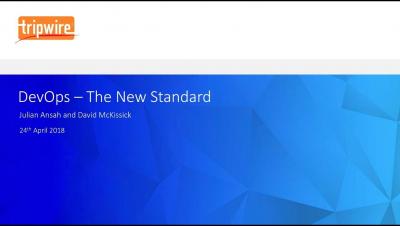8 Steps for a Successful DevOps Transition
Organizations stand to gain a lot from transitioning to a DevOps software development model. Switching to DevOps leads to quicker problem solving, increased employee engagement, and more time for innovation. That’s assuming a transition is successful, however. Enterprises can run into various problems along the way, including inadequately measured risk, which could spell trouble down the road. Fortunately, none of these problems are inevitable if you approach the DevOps transition methodically.







